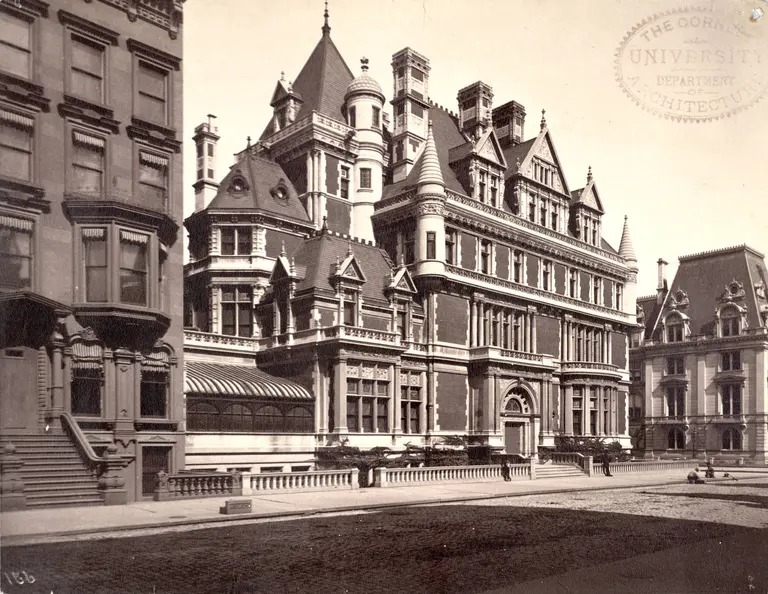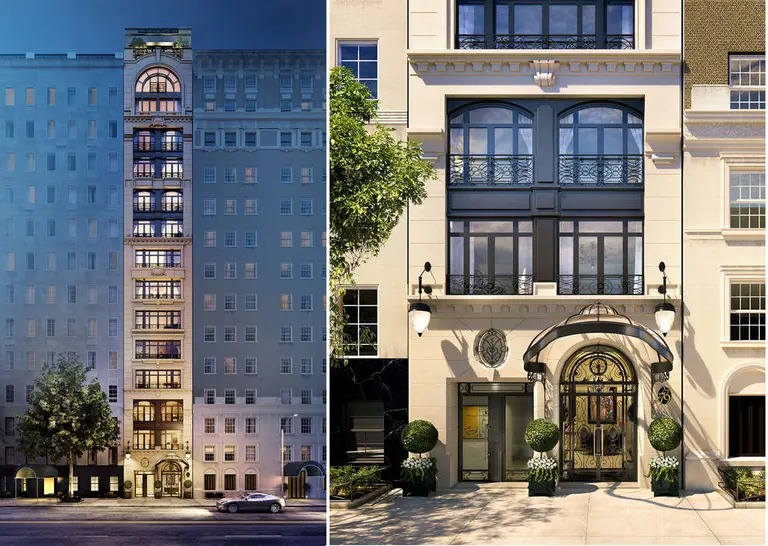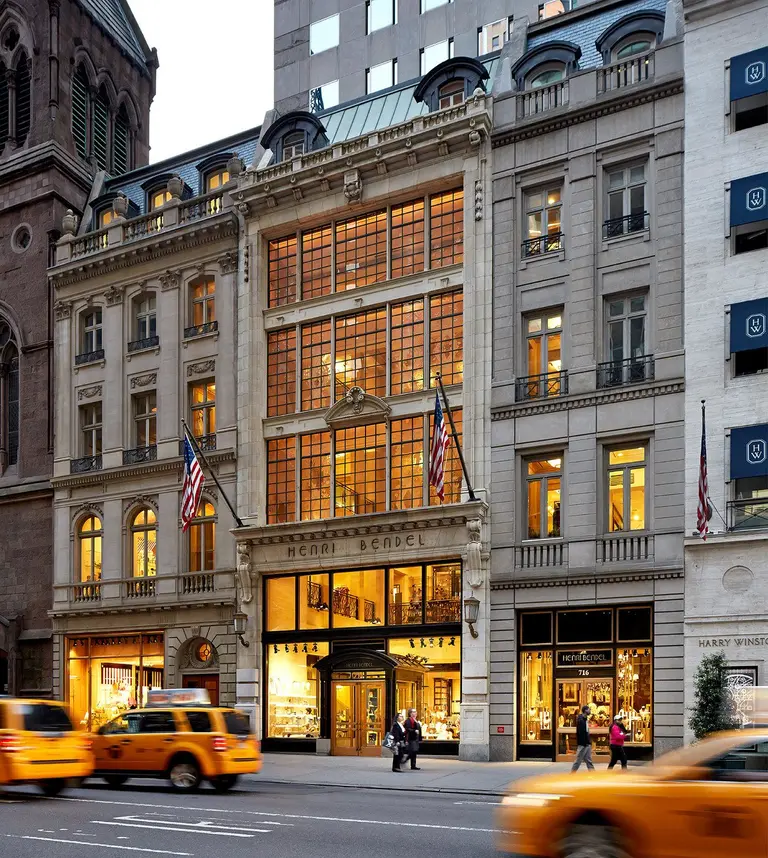March 10, 2022
New York City's Fifth Avenue has always been pretty special, although you'd probably never guess that it began with a rather ordinary and functional name: Middle Road. Like the 1811 Commissioner's Plan for Manhattan, which laid out the city's future expansion in a rational manner, Middle Road was part of an earlier real estate plan by the City Council. As its name suggests, Middle Road was situated in the middle of a large land parcel that was sold by the council in 1785 to raise municipal funds for the newly established nation. Initially, it was the only road to provide access to this yet-undeveloped portion of Manhattan, but two additional roads were built later (eventually becoming Park Avenue and Sixth Avenue). The steady northwards march of upscale residences, and the retail to match, has its origins where Fifth Avenue literally begins: in the mansions on Washington Square Park. Madison Square was next, but it would take a combination of real-estate clairvoyance and social standing to firmly establish Fifth Avenue as the center of society.
More on how the gilded mansions of 5th Avenue came to be









